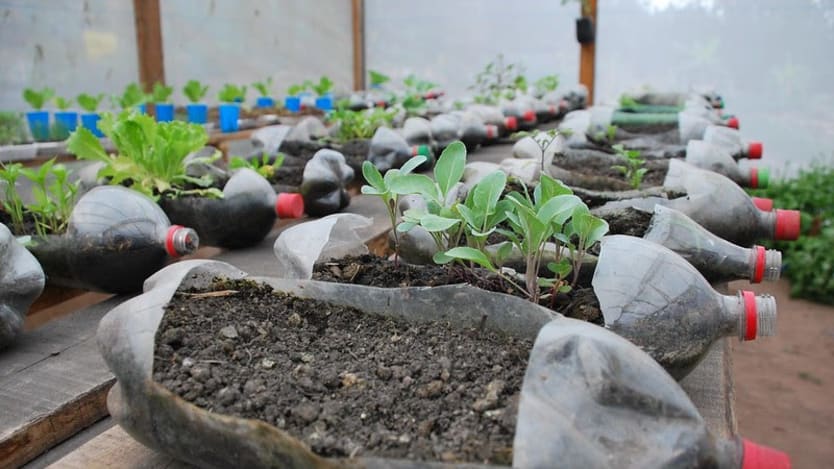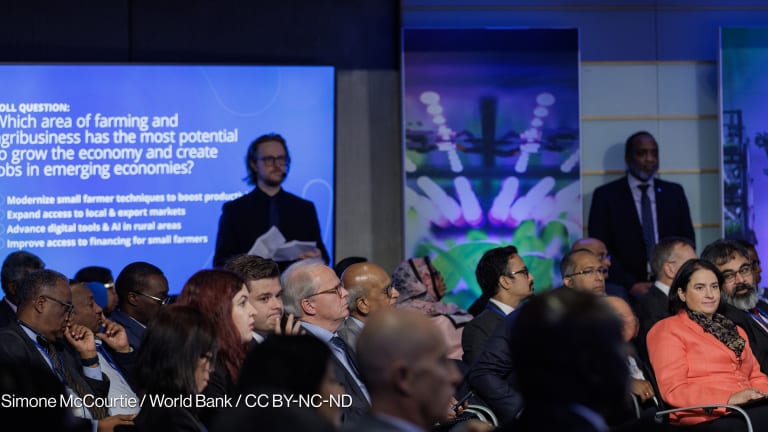
The International Fund for Agricultural Development has mobilized $3.8 billion in its 12th replenishment, a new record for the United Nations fund.
The money will allow IFAD to reach approximately 140 million people in fragile and remote areas over three years. IFAD President Gilbert Houngbo, who was reappointed Wednesday at the organization’s annual Governing Council meeting, said the new funds would help IFAD work to achieve the Sustainable Development Goals over its next cycle from 2022-2024.
“It costs less to invest in sustainability and building long-term resilience to shocks than it does to respond to repeated humanitarian emergencies,” Houngbo said.
The United States, which has been the largest contributor to IFAD, pledged $129 million, a 43% increase from previous funding levels.
Usually, more than 100 low- to high-income countries contribute to IFAD’s core funding — a large number for an international financial institution. So far, 67 countries have made pledges, including:
• France: $106 million.
• Germany: $101 million.
• Italy: $96 million.
• Sweden: $87.3 million.
• China: $85 million.
• The Netherlands: $82.9 million.
Haiti contributed for the first time since 2013, and Somalia for the first time in 30 years.
Where the money will go: IFAD said at least 40% of the funds will be invested to address climate change. Globally, rural people bear the brunt of the impact of irregular rainfall patterns and natural disasters that disrupt agricultural activity, despite contributing the least to climate change. More than half of the funding will go toward rural development projects in sub-Saharan Africa, while more than one-quarter will go to fragile countries or those involved in conflict.
Members will also fund a Debt Sustainability Framework so that debt-burdened countries are not barred from IFAD’s grant financing, which is made at the community level to small and medium-sized enterprises.








